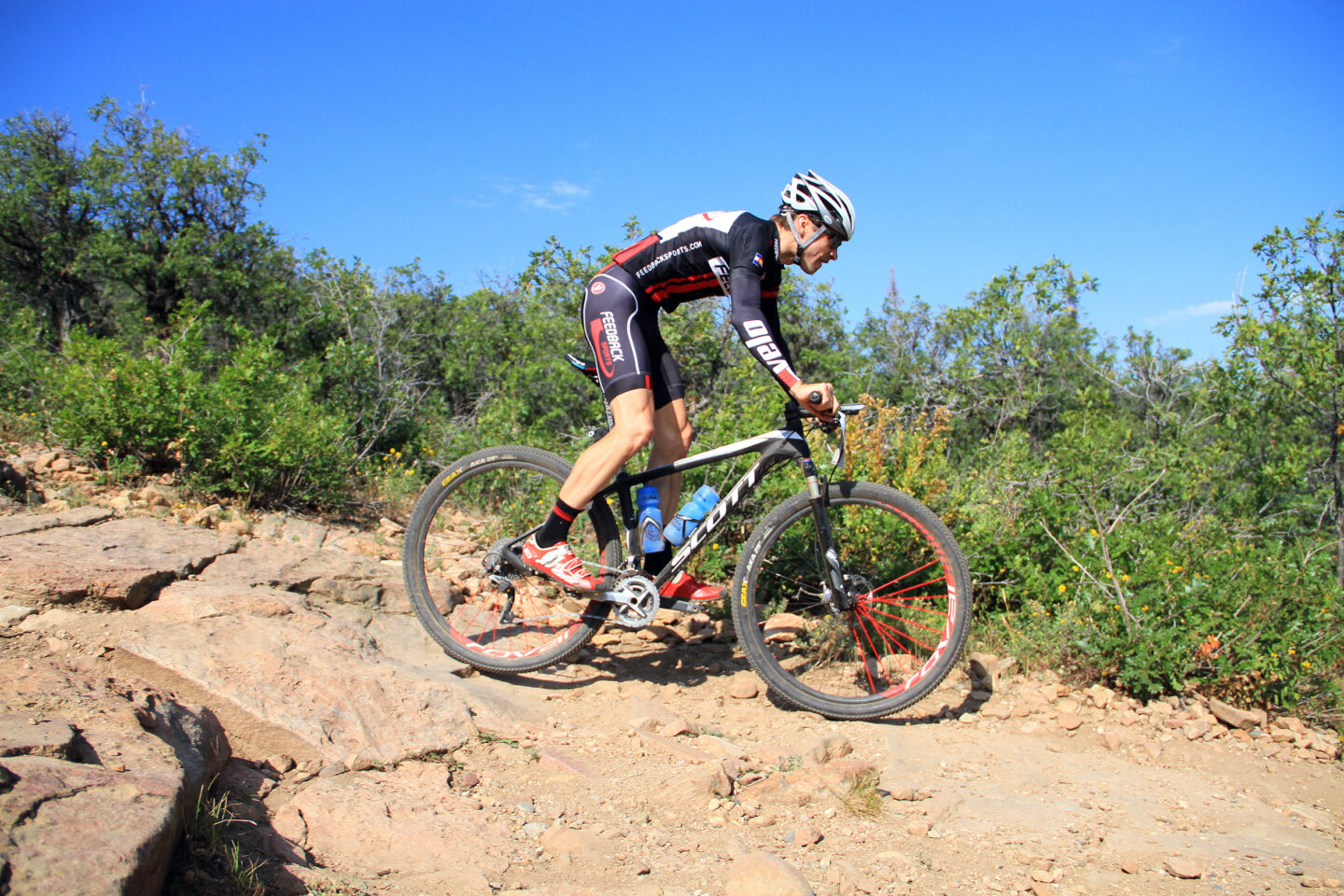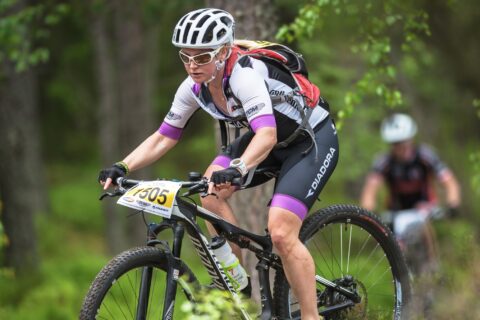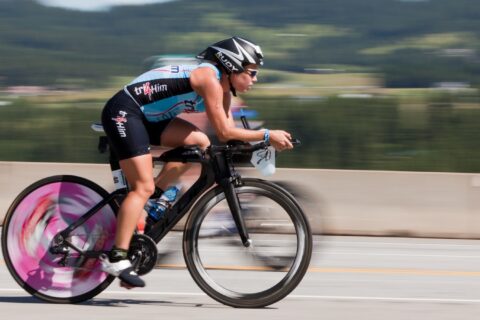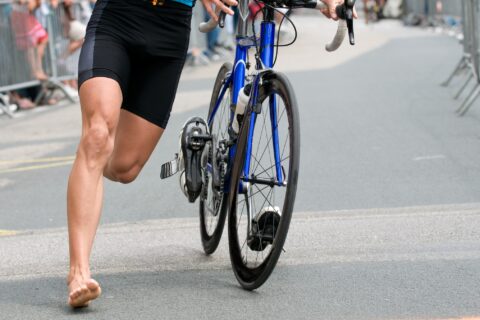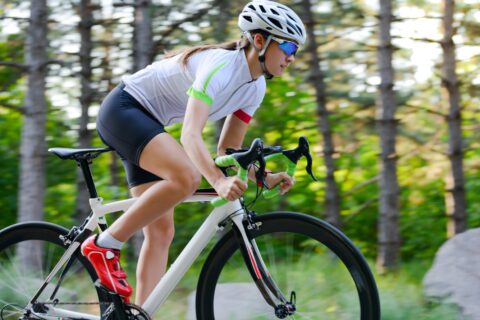These simple, critical tips from a veteran mountain bike coach will help you reduce race-day stress, increase enjoyment, and improve your chances of a great performance at your next off-road event.
These simple, critical tips from a veteran mountain bike coach will help you reduce race-day stress, increase enjoyment, and improve your chances of a great performance at your next off-road event.
